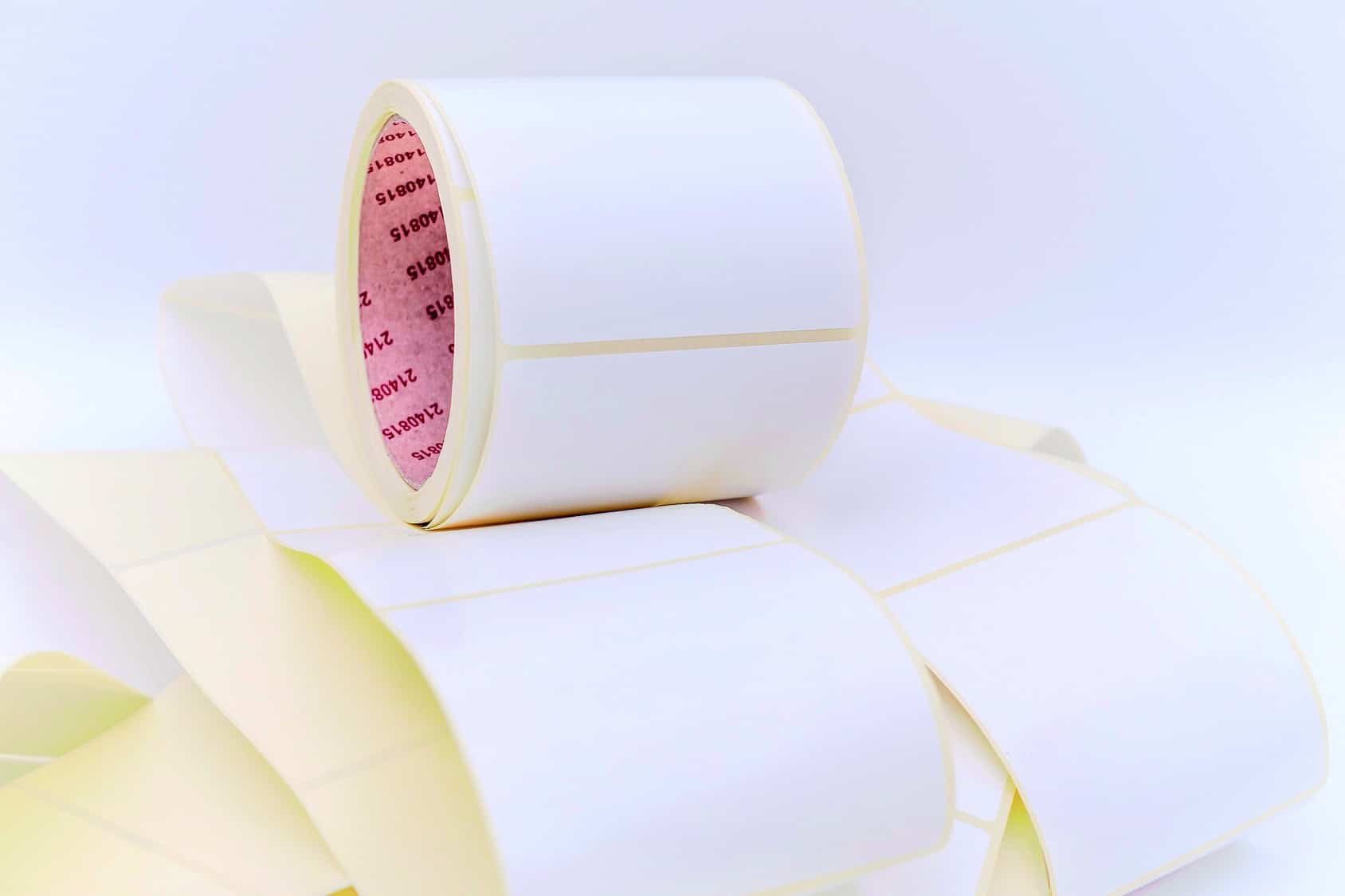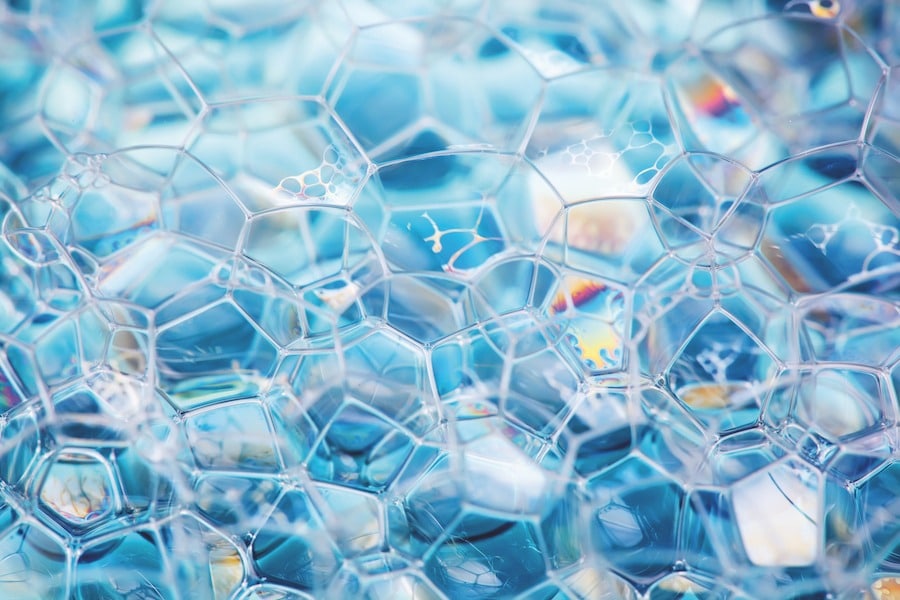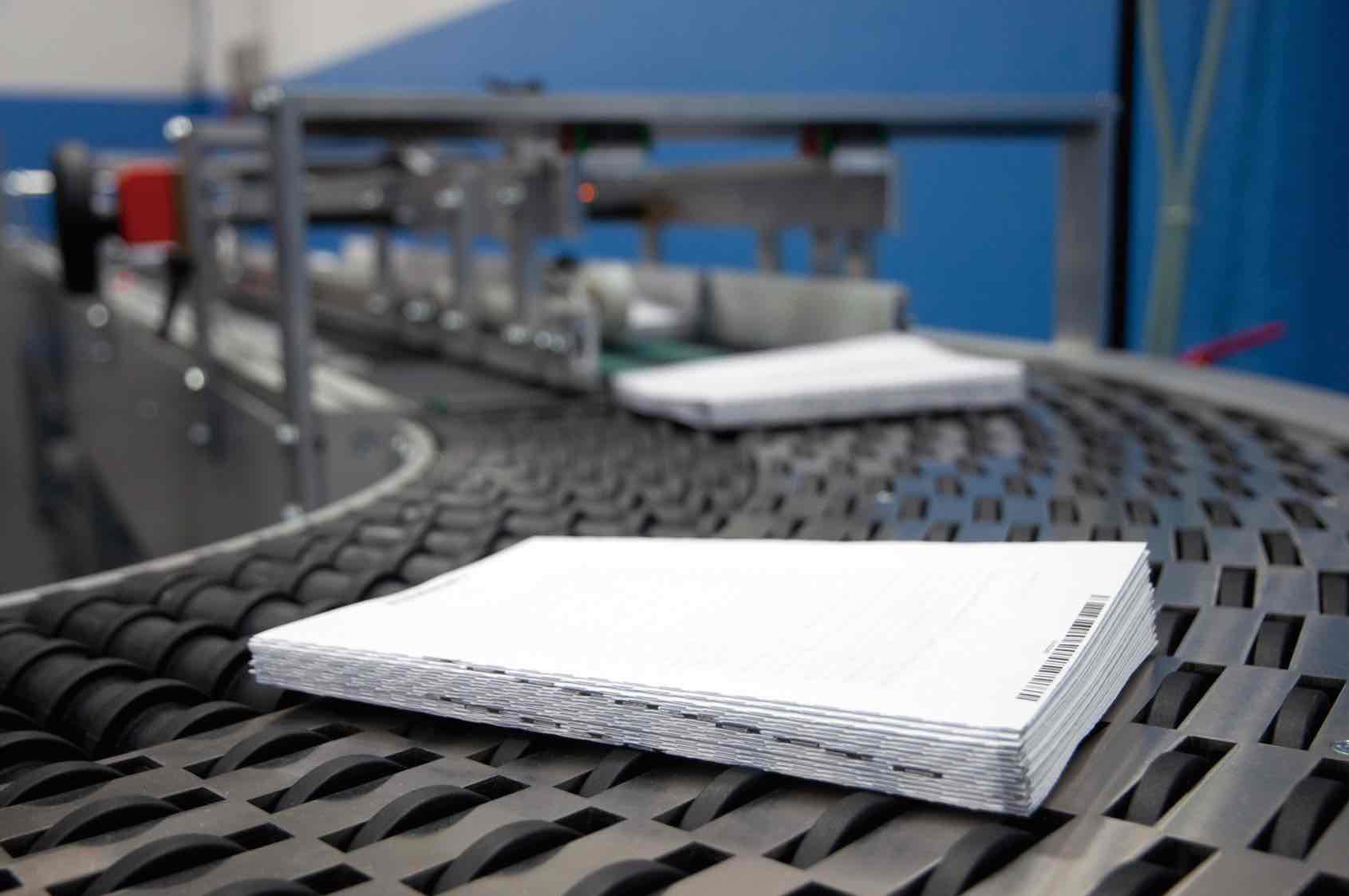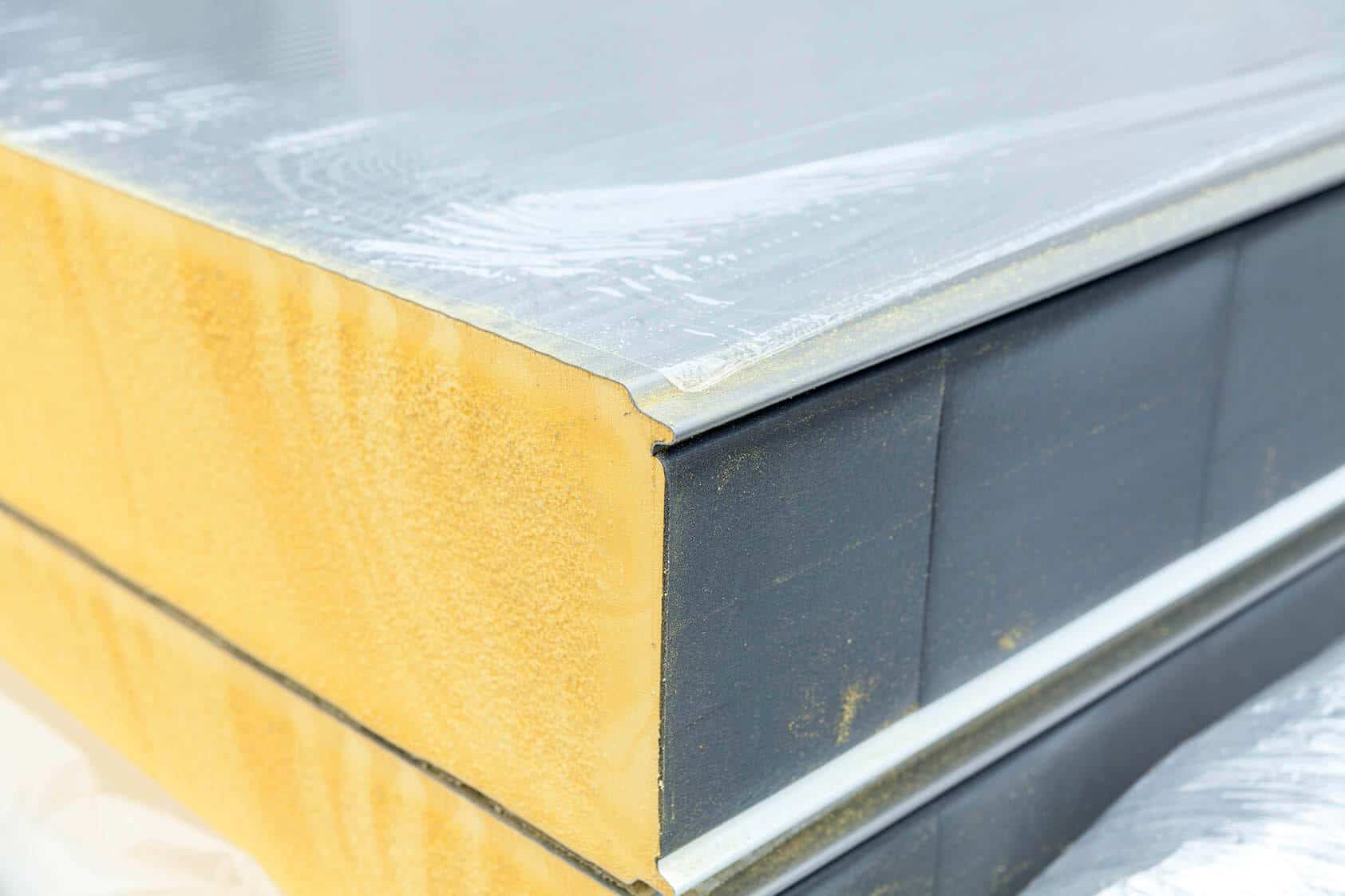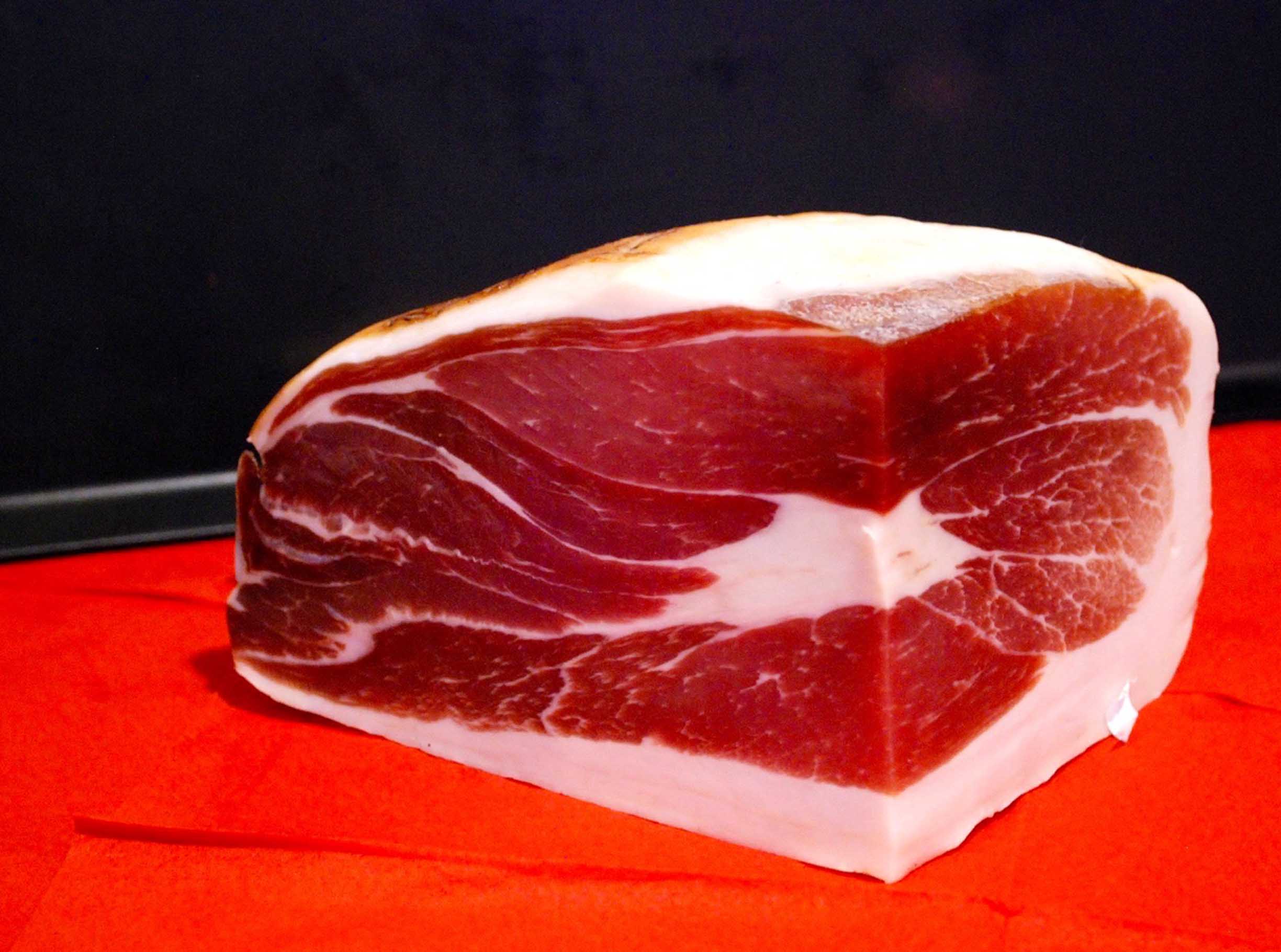Wax emulsions
EMULTROL® and ORDISOL® wax and/or oil emulsions consist of a wide and versatile product range, which enables them to be included in many different sectors of application.

CHARACTERISTICS
Emulsions of different ionic character, formulated from a wide range of materials such as: polyethylene wax, paraffin, carnauba, montana, oils, fats etc.
MAIN SECTORS OF APPLICATION
They can be used in product formulations for floor treatments, wood finishes, car maintenance products, paper, paint and coatings, inks and varnishes, fiberglass, textiles, domestic use, lubricants, release agents etc.
PROPERTIES
EMULTROL® and ORDISOL® emulsions give properties such as smoothness, matte effect, improved shine, non-slip properties , scratch resistance, water repellence and in general, modification of the surface coating.

NEWSLETTER
Subscribe to receive information about the latest studies conducted in our laboratories and the latest news from our catalogue.
Resin dispersions

Resin dispersions
- They improve the parameters of cohesion and sticking of adhesives and self-adhesives based on polymeric dispersions of acrylic resin, EVA, SBR, NBR, natural or synxthetic latex and aqueous polyurethane dispersions.
- They do not contain alkyl phenol ethoxylates or solvents.
- The main use of resin dispersions is to improve the adhesion of polymeric dispersions on non-polar substrates, mainly plastic surfaces although they can be used in applications on porous and polar supports like paper and cardboard.
- They have excellent compatibility with acrylic resin dispersiones EVA, SBR, NBR, latex, polychloroprene and polyurethane.
- Once they have been suitably formulated, they provide very good wetting action – particularly on silicone paper and other types of supports in general.
- The dry film is highly stabilized against oxidation and the action of UV rays. The dispersions are composed of particles with a very small diameter, which facilitates their application with rollers.
- They provide very good mechanical resistance to shear stress.

NEWSLETTER
Subscribe to receive information about the latest studies conducted in our laboratories and the latest news from our catalogue.
Silicone surface additives

Silicone surface additives are well known products as providers of special properties to paints, inks and coatings. These additives are organo-functional silicones, most of them composed of non-hydrolizable polyether-polysiloxane copolymers. These silicone based products differ from traditional silicone oils in several ways: they are easier to use, they are compatible with most coating formulations, and they do not cause typical defects such as craters or recoatability problems.
Like other silicone based additives, its efficiency is very high at very low concentrations, with normal dosages usually well below 1% based upon total formulation.
ORDISOL SWT range of silicone surface additives are the right choice for formulators looking for improved slip, mar resistance, levelling, substrate wetting, anti-blocking properties and gloss enhancement. Most of our range of additives are composed of 100% pure materials in order to provide maximum effectiveness. Being pure silicone surfactants, they are usually compatible with various coating systems such as solvent-borne, solvent-free and aqueous formulations.
Silicone surface additives are also characterized by their ability to reduce the surface tension.
The water based coatings exhibit a high surface tension compared with traditional solvent-borne systems (the surface tension of water is 72.4 mN/m). They exhibit poor substrate wetting compared with solvent based equivalents. This is where silicone surface additives (among other chemicals) play their role modifying the surface properties of waterborne water based coatings.


Some of them, taking advantage of their low molecular weight and “T-umbrella” structure, are classified as super-wetting additives because they are able to reduce the surface tension in water solution to a value close to 19.5-20 mN/m. CONCENTROL develops and manufactures, silicone surface additives and other silicone based products such as organo-functional silicone stabilizers for polyurethane foam and special silicone emulsions for textile, pulp & paper and coatings using proprietary technology.

NEWSLETTER
Subscribe to receive information about the latest studies conducted in our laboratories and the latest news from our catalogue.
Defoamers

INTRODUCTION
Foam is a dispersion of air and other gases in a liquid or solid. Apart from a few exceptions (foams in shampoos, shaving creams, hair styling mousses, carpet cleaners, polyurethane or other polymers that insulate homes) foams are generally undesirable. Foams disturb production sequences in which liquids, particularly water, have an important function as transporting media, and in the worst cases they can even bring such processes to a standstill. Furthermore, foams can lead to lower production yields and finished products of poorer quality.
HOW IS FOAM FORMED
We considered here those foams that are very stable, which in the most unfavourable cases may even dry without breaking down. These foams are generally only formed if the water contains surface-active agents (surfactants, wetting agents, emulsifiers). Foams that break down very quickly are not likely to cause problems and usually an antifoaming agent is not required.
HOW IS FOAM CONTROLLED?
We can control foam in two ways:
- DEFOAM (Destroy it)
- ANTIFOAM (Prevent it)
Defoamers are products that destroy foam that has already formed. Usually defoamers don’t prevent foam from forming.
Antifoams are products that prevent the formation of foam.
To better understand the difference, it is important to notice at what point in the process they are used.
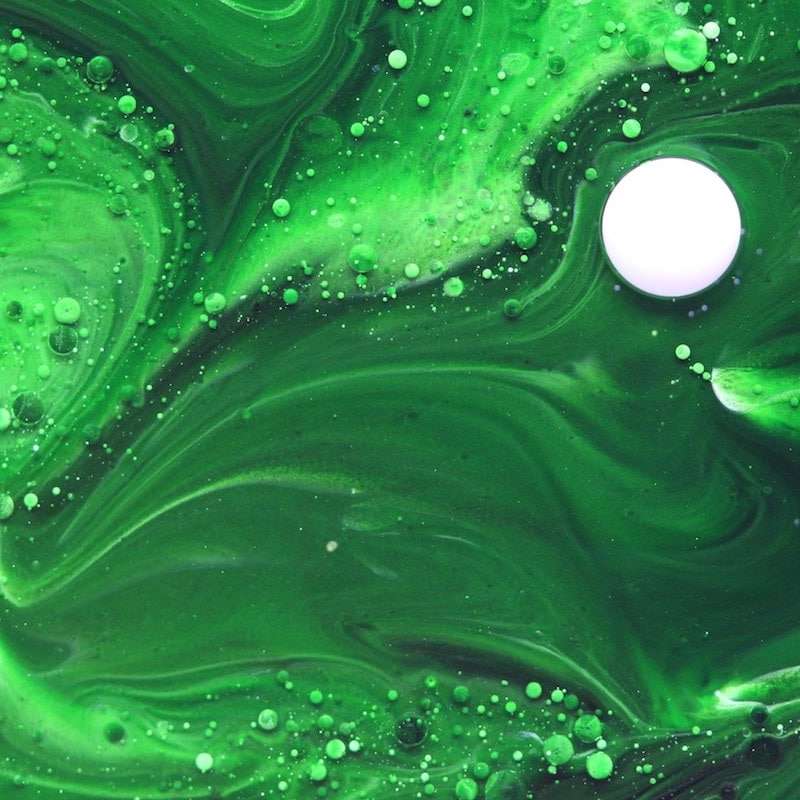

HOW DO ANTIFOAMS WORK
Most antifoams work introducing defects into the foam lamella. Fine hydrophobic solid particles contained in the antifoaming agent formulation (waxes, paraffins and silicas) help the foam bubble to burst, so that the entrapped air escapes.
WHICH ARE THE MAIN CHARACTERISTICS OF ANTIFOAMS
Silicone antifoams are efficient (effective dosages lower than 50-100 ppm active silicone), long lasting, they act as antifoams and defoamers, are safe (many comply with FDA and European Regulations) and have low surface tension for the effective foam control of different foaming media.
Oil antifoams are used in applications where silicone is not recommended. Effective foam control in paints, coatings, detergents and adhesives.

NEWSLETTER
Subscribe to receive information about the latest studies conducted in our laboratories and the latest news from our catalogue.
Silicone emulsions

INTRODUCTION
Silicone emulsions typically contain a silicone component (usually a silicone oil), water and the required emulsifiers to obtain a stable emulsion. From the chemistry perspective, a silicone component is a finite chain of silicone and oxygen atoms bonded one to each other. Besides of these bonds, silicone itself has two other bonds to organic groups. In most cases, these components are methyl groups (CH3) that provide to the silicone component its characteristic semi-organic behaviour.
MACRO & MICRO EMULSIONS
Silicone emulsions are commonly grouped into two types based on particle size.
SILICONE MACROEMULSIONS
- White appearance, stable emulsions with different % of silicone content
- Typical average particle size = 0.1 to 1 micron
- They can contain up to 60% silicone content
- They can be formulated using silicone oil with different viscosities, being the most common 350cps and 1000 cps
- Once applied, when water has been evaporated, the silicone remains on external surfaces, where they offer benefits like the reduction of the dynamic coefficient of friction, providing a lubricating effect
SILICONE MICROEMULSIONS
- Translucent appearance, very stable in extreme conditions.
- Very small average particle size (< 0,4 micron)
- The silicone oil is usually a very high viscosity type (>100000 cps)

ADVANTAGES
- Good thermal and dilution stability
- Compatible with anionic and non-ionic soaps/surfactants. Easy application, non-yellowing after time
- Good surface wetting characteristics
- High gloss and colour intensity
- Good slip and abrasion characteristics
- Provides natural handle to fabric
- Can be used as a thread lubricant to reduce needle temperature, and wear and thread breakage

NEWSLETTER
Subscribe to receive information about the latest studies conducted in our laboratories and the latest news from our catalogue.
Stabilizers for polyurethane foam

HR SLABSTOCK FOAM
CONCENTROL surfactants meet the main requirements of HR polyurethane producers:
- WIDE SELECTION OF ADDITIVES in order to offer different stabilizing potency for MDI, TDI/MDI and TDI systems, also providing different ratios in cellular regulation..
- CELL REGULATION and INTERNAL STABILIZATION may be adjusted in order to obtain good quality foams with improved processability.
- LOW EMISSION FOAMS, regarding VOC and fogging, from the point of view of the surfactant.
RIGID POLYURETHANE FOAM
In order to choose the optimal silicone surfactant for any specific polyurethane system, chemical and processing requirements have to be taken into account:
- Chemical requirements are given by the type of polyol, isocyanate and blowing agent used. Other compounds such as catalysts also play an important role.
- For processing requirements, points to consider include mixing efficiency, curing conditions and flow demands.
- Our selection guide shown in the table reviews the recommended products for any specific application, taking into account the blowing agent used, which plays a critical role in any formulation.
Additional products can be recommended, or adjusted to fulfil any specific requirement.

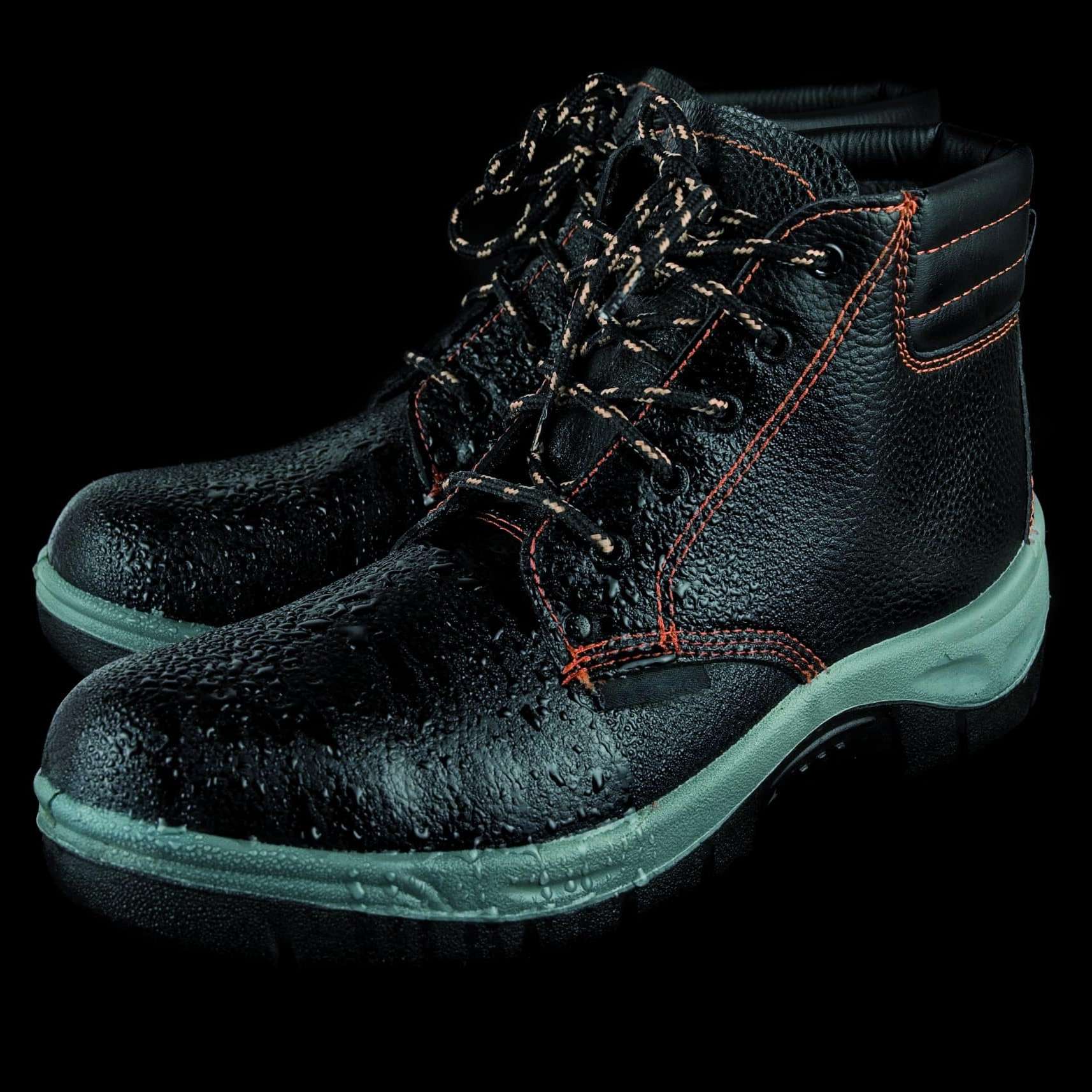
PU SHOE SOLES
Silicone surfactants are surface active additives that act as cellular regulators in PU shoe sole systems. Taking advantage of its emulsification properties, an improvement of the miscibility of the various liquid components is obtained, thus a better pigment distribution, less flow lines and a general improvement in various physical properties are some of the benefits achieved using this additives.
Cell openers are used in medium to low densities to reduce shrinkage and to improve the dimensional stability.
STANDARD FLEXIBLE SLABSTOCK POLYURETHANE FOAM
High active silicone surfactants for standard flexible slabstock foam. They improve the emulsification of the raw materials, providing the sufficient nucleation and stabilising the foam expansion.


NEWSLETTER
Subscribe to receive information about the latest studies conducted in our laboratories and the latest news from our catalogue.
Coatings for the meat industry
CONCENTROL has a wide range of products for the meat sector, especially for the external treatment of cold meats and hams. It includes plastic coatings which conform to the European regulation (EU) Nº 10/2011 for direct food contact and natural coatings based on food additives (with code E according to the UE Regulation Nº 1333/2008) formulated to be considered edible together with the coated foods. These products improve the presentation and conservation of the piece and can be coloured at customer request.
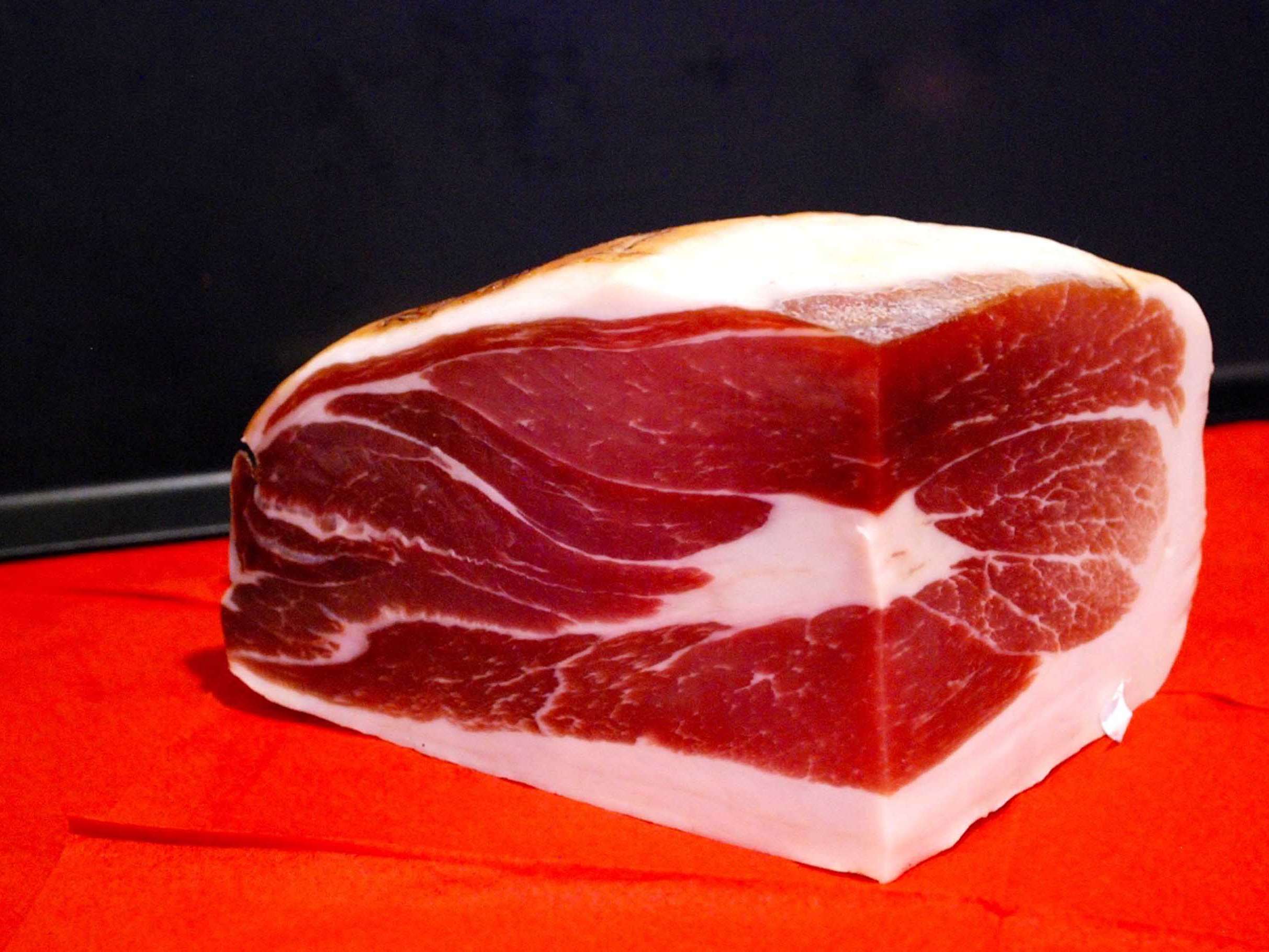
COLD MEATS
The meat industry is one of the major economic resources in the agri -food sector, especially the one which specializes in the production of cold meats. Among the huge variety of meat products, the uncooked cured meat range is the one with the most varieties. These products are made by chopping or mincing meat and fat (with or without offal) and adding authorized spices, additives and seasoning. They are packed into natural or artificial casing and then cured.
CONCENTROL participates in the elaboration process of uncooked cured meat by offering several external treatments for the piece, to improve its presentation and conservation.
PEPPER, FINE HERBS AND SPICES
Among the applications of coatings for the meat sector, the use of these coatings as fixing agents for pepper, spices and herbs stands out. It is a very important application and where the coatings formulated by CONCENTROL stand out for many years. Currently, this application is made with edible coatings so that they can be consumed with the sausage and with the pepper or herbs.
There are two groups of coatings, those that act as adhesives and those that act as fixers of spices and pepper in cured sausages or cold meats. Its application is suitable in both artificial and natural intestines and, in some cases, directly on the meat once the intestine has been removed. They offer a natural finish, regulate the ripening process of the cold meats and offer protection against unwanted growth of mold and yeast.
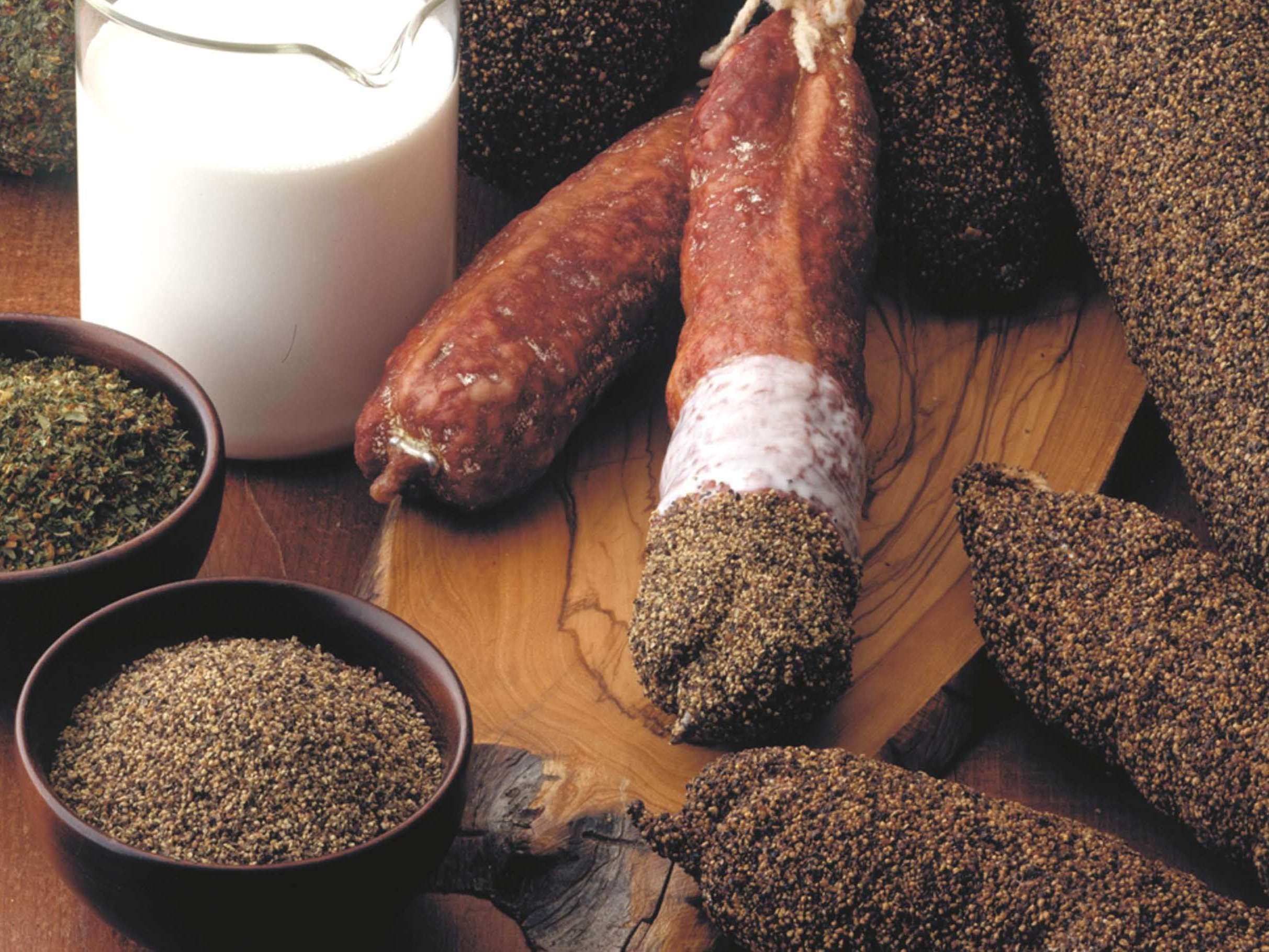
The viscosity, stickiness of the coating, and addition of natamycin can be modified at the customer’s request.
Our references are shown in the following table:

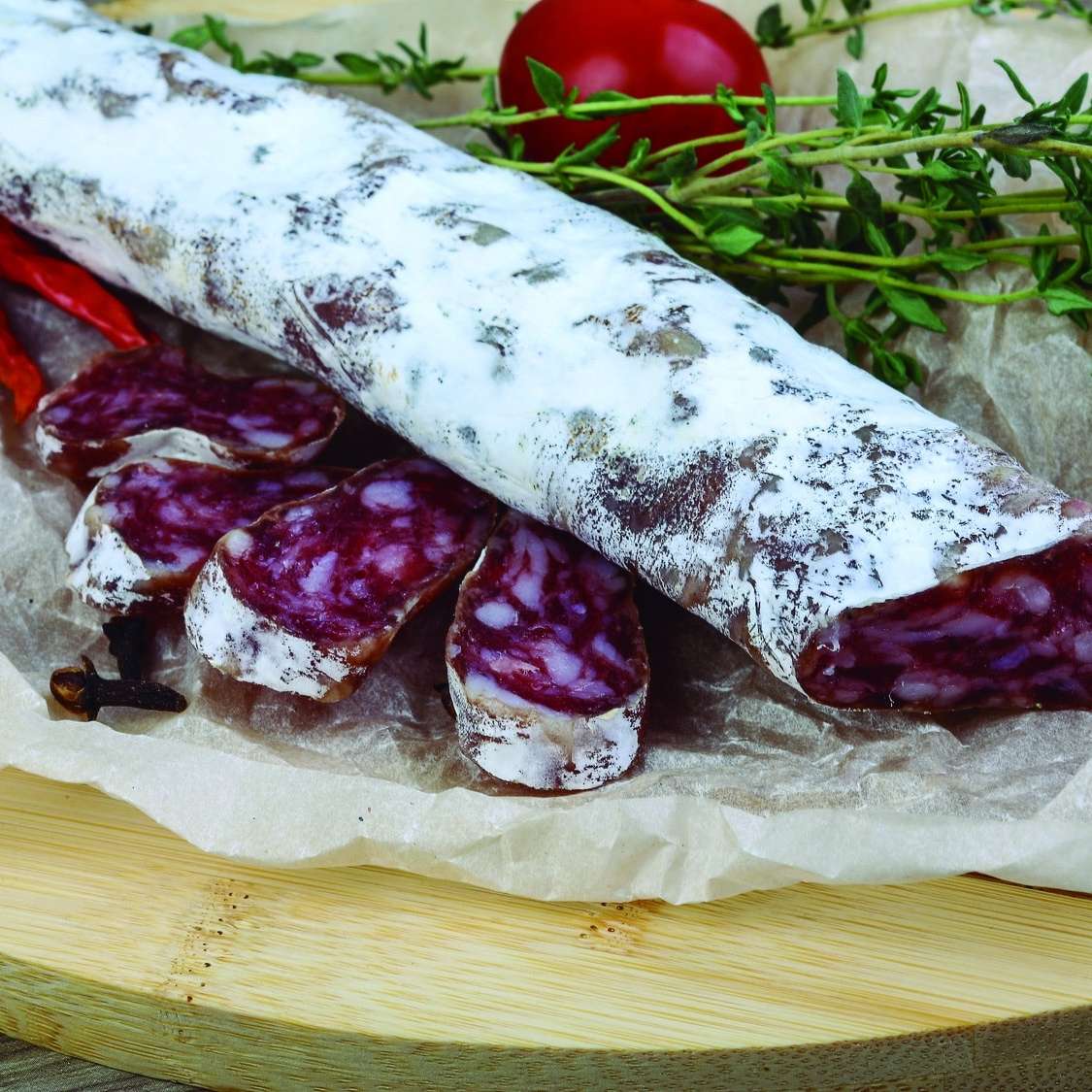
PROTECTIVE EXTERNAL TREATMENT
Nowadays, raw cured meat products are especially appreciated for their appearance, texture and colour. However, one of the problems related to appearance is the unwanted growth of mold on the surface.
As a preventive measure, CONCENTROL supplies natural, edible coatings which can be applied to natural gut and, plastic coatings like VIPLAST-1200 Q, which are applied to artificial casing. These coatings are applied by immersion and give protection against molds and yeasts, as well as giving good adhesion on the product and a natural appearance.
MOLD SIMULATION TREATMENT
In order to give an irregular, white finish on the surface of cold meats equivalent to the natural growth of white Penicillium, CONCENTROL can offer VIPLAST W-171 SF-05 RF. This coating is formulated with food additives that do not cause adverse reactions, according to annex II of Regulation EU 1169/2011.
CURED HAMS
Cured hams are usually sold in a whole piece with the bone, or as a piece from the centre of a boneless ham. One of the main objectives in the production of cured ham is to obtain a product of highest sensorial quality. For this reason, CONCENTROL has developed a range of VIPLAST C-900 ACG pnatural edible coatings for the external treatment of boneless ham. The characteristics of this range are the following:
- They ensure optimal regulation of the ham curing process.
- They prevent the growth of surface mold.
- They minimize oxidation and unwanted growth of mold on the inside of the ham.
- They prevent white film from forming on the surface.
These coatings are formulated with aqueous emulsions of E-472a (acetic acid esters of mono- and diglycerides of fatty acids) and other food additives belonging to group I according to regulation (EU) 1129/2011.
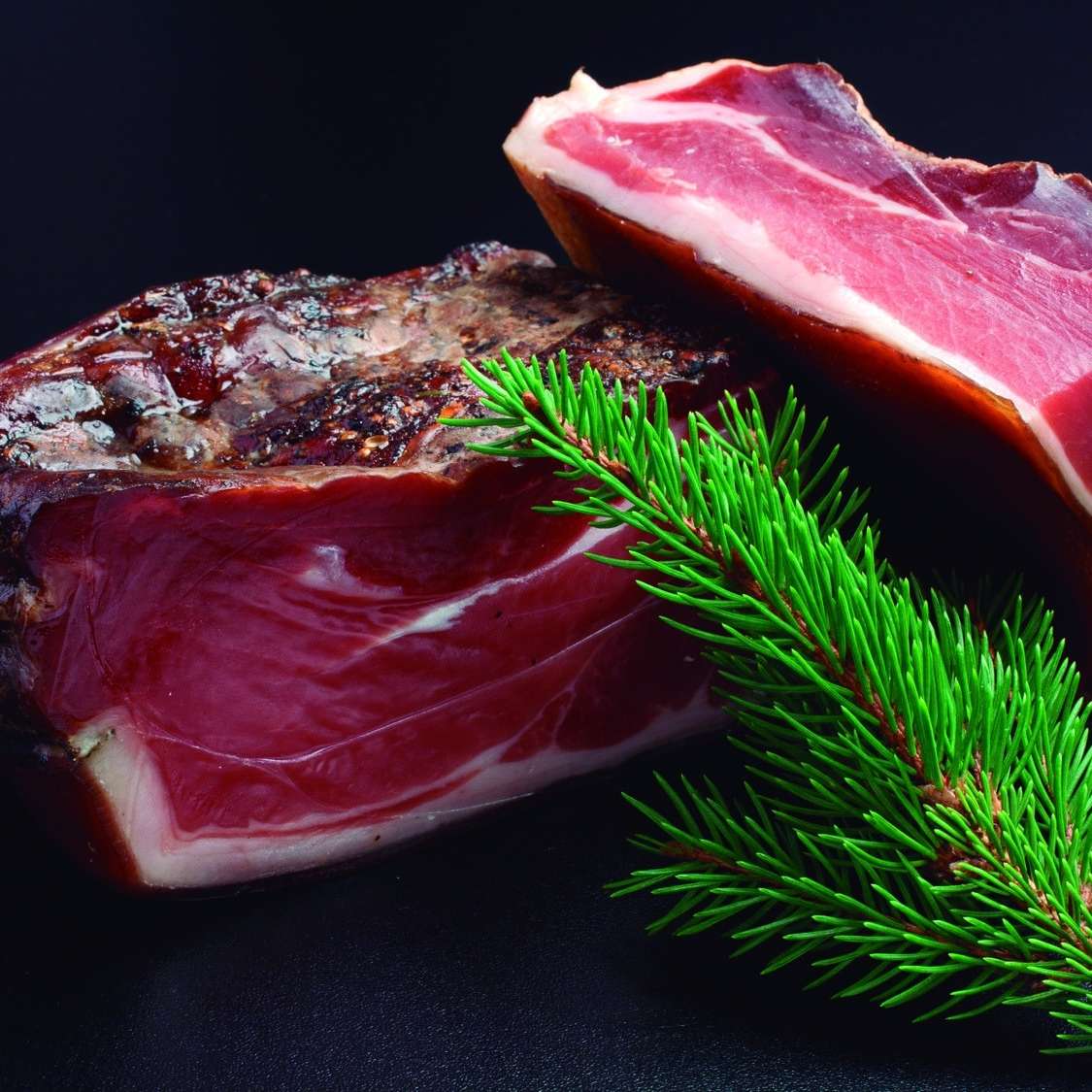

NEWSLETTER
Subscribe to receive information about the latest studies conducted in our laboratories and the latest news from our catalogue.
Coatings for the cheese industry
COATINGS FOR THE CHEESE SECTOR
Coating cheese, a technique used during the cheese making, plays an important role in packaging and appearance of the final product.
The cheese can be covered during various production process stages.
Before and during the ripening process
Regulation of moisture loss during the ripening process of the cheese and protection against unwanted growth of microorganisms such as molds and yeasts.
After the ripening process
Protection against microorganisms (molds and yeasts) and other contaminants. Protection against mechanical damage of the rind during transport and distribution. And specific final appearance is obtained, such as a particular colour.
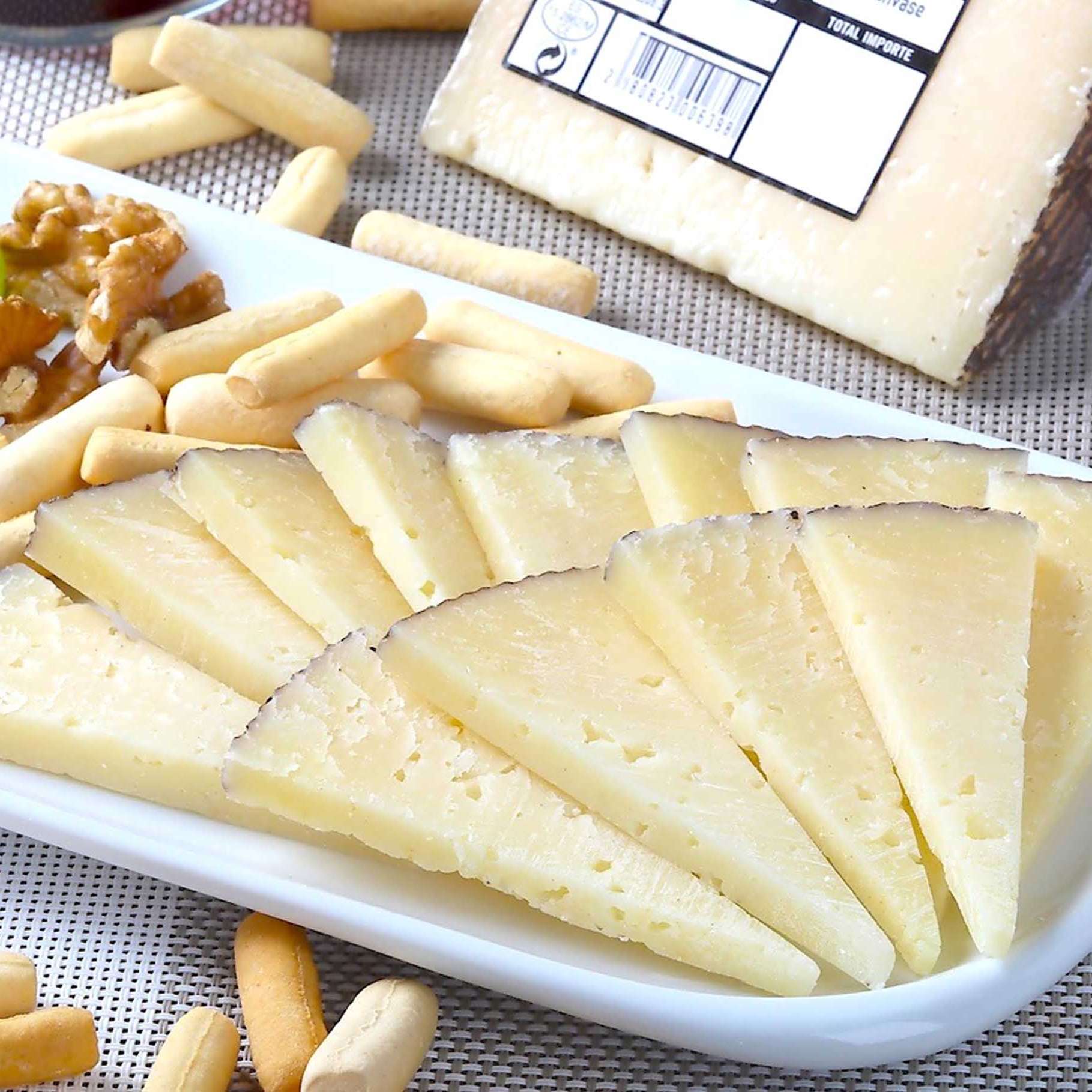
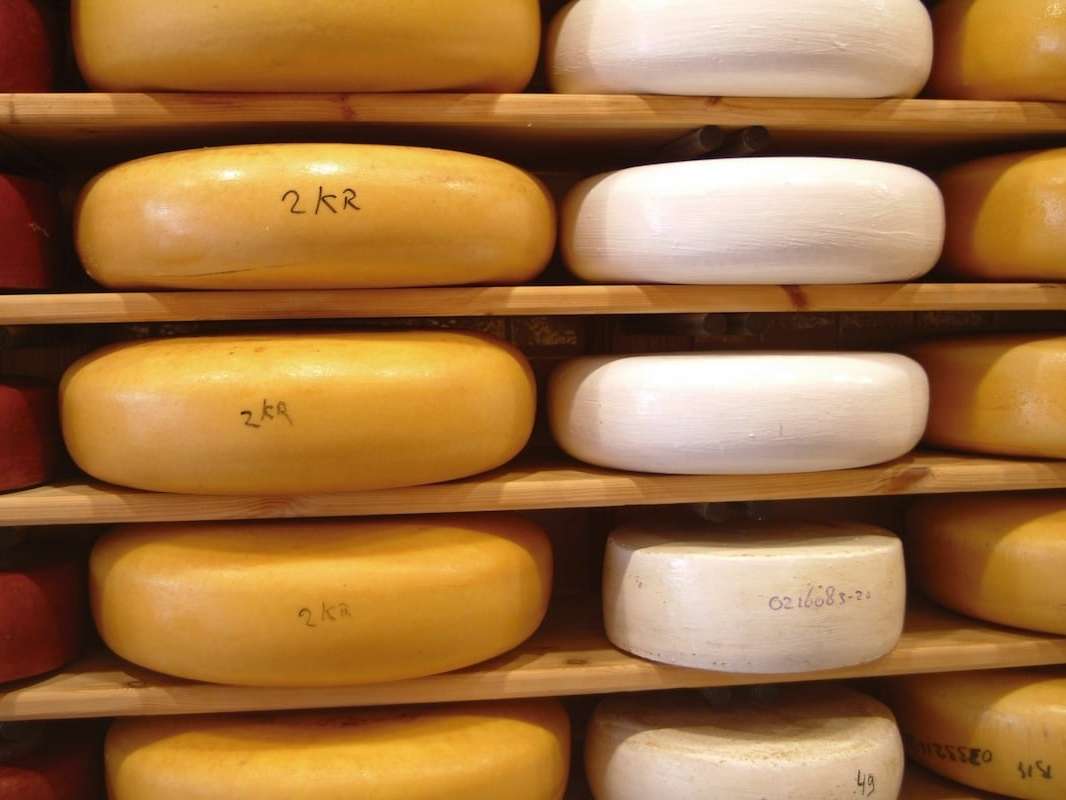

THE VIPLAST RANGE
The use of our VIPLAST product range VIPLAST is a suitable way of cheese conditioning, improving the appearance of the piece during the ripening, storage and sale.
It is a surface treatment which offers the advantages of a protective external coating without migration into the cheese. The taste and the organoleptic properties of cheese are not affected in this way.
The following main features of our cheese coatings are of interest:
- Protection of the rind against microbial defects caused by molds and yeasts.
- Protection against mechanical damage of the rind during ripening (surface cracking) and transport.
- Reduction of excessive weight loss of the cheese (dehydration) without affecting the ripening process, decreasing moisture loss also means revenue loss in comparison with untreated cheese.
- Positive influence on the desired flavour, texture, consistency and appearance of the cheese is noted.
- Standardization of cheese quality.
Our VIPLAST range not only includes plastic coatings but also edible ones, based on food additives such as fatty acid esters, natural gums or celluloses.
PLASTIC COATINGS
-
- The range of PLASTIC coatings is perfectly suited to needs such as the process of cutting and portioning cheese, the need for fast drying, adequate moisture resistance and vacuum packaging.
- They do not penetrate the product and they regulate the ripening process of the cheese without affecting the smell or the taste of the treated piece.
- The coating finish can be shiny, satin or matt.Cutting wedges (entrainment of particles) drying rate and moisture resistance (vacuum packing) can be adjusted in different formulations.
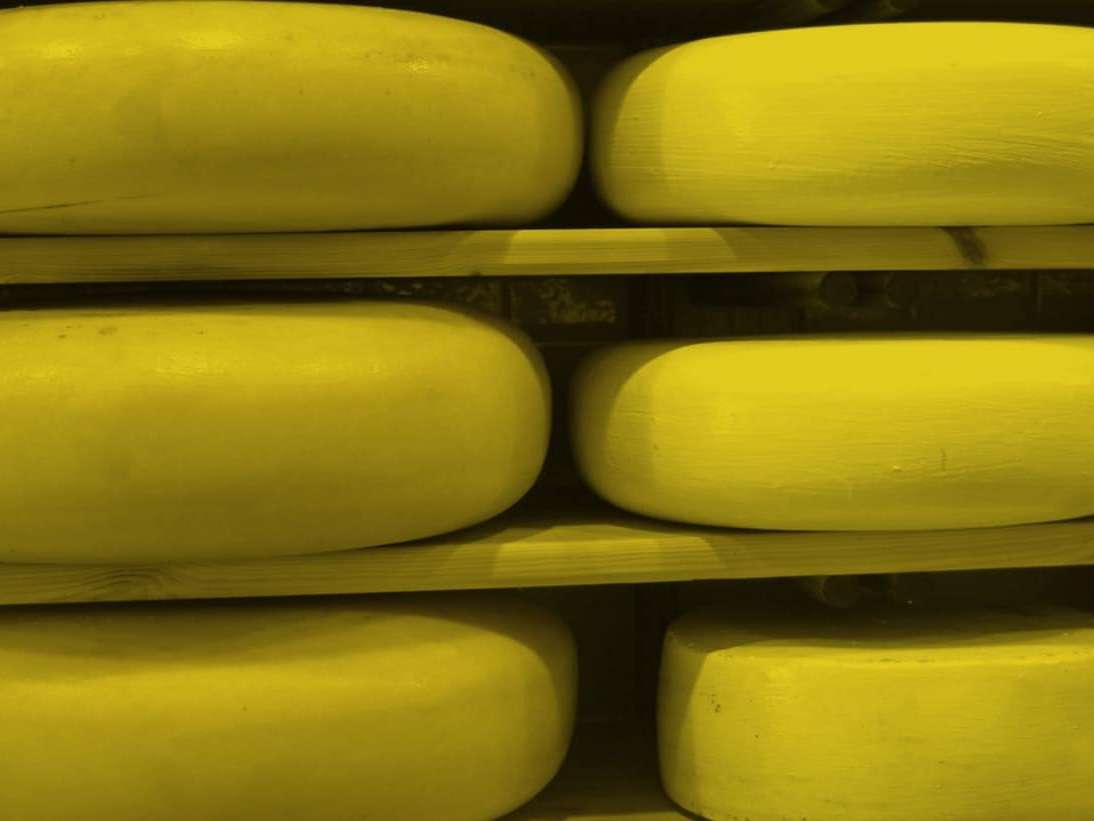

NATURAL COATINGS
- The range of NATURAL coatings is based on food additives (with code E according to EU Regulation No. 1333/2008). In this group ACG coatings, based on aqueous emulsions of E-472a (acetic acid esters of mono and diglycerides of fatty acids) are worth mentioning – and also R or RC coatings, which are formulated with gum(E-410-415) and/or cellulose (E-460-466) in aqueous solution. R or RC coatings, formulated with permitted preservatives for the external treatment of cheese, can be considered edible, together with coated cheese.
- Greater permeability than plastic coatings, speeding up the ripening process.
- Natural, handmade appearance.
- Easy elimination, making machinery and equipment easier to clean.
On customer request, the addition of preservatives blends to the VIPLAST range (based on natamycin, sorbates and other food additives) offers protection of the cheese against molds and yeasts.
Besides, there is an extensive catalogue of colours for painting the cheese, with a shiny, satin or matt finish.
Our VIPLAST coatings range can be adjusted to any system of coating application. The following table shows the nomenclature according to the application and the type of coating.
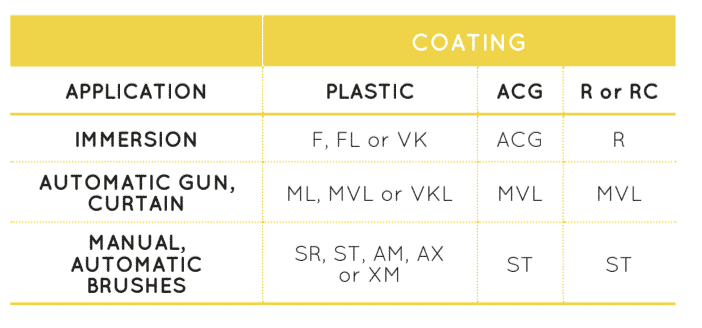

NEWSLETTER
Subscribe to receive information about the latest studies conducted in our laboratories and the latest news from our catalogue.
Release agents for polyurethane foam
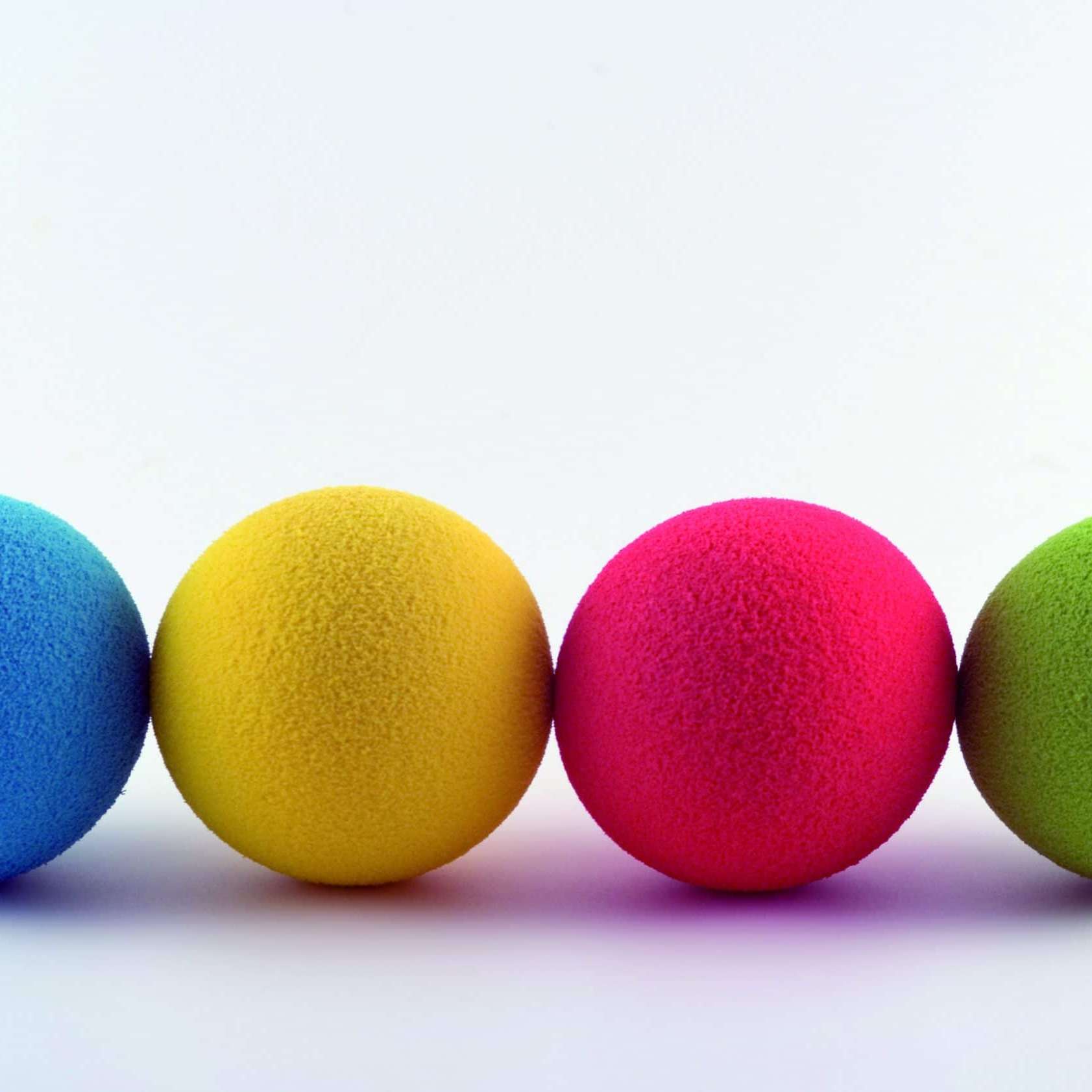
APPLICATIONS
CONCENTROL release agents have been developed after years of intense research with experience in sectors as diverse as:
- Car: seats, backrests, headrests, sunshades, steering wheels, dashboards, soundproofing, gear shift knobs, window encapsulation, armrests, air filters, etc.
- Footwear: single or dual density soles as such or in direct injection process.
- Furniture: padding for sofas and office chairs, mattresses, pillows, armrests, imitation wood pieces, etc.
- Construction: thermal and sound insulation panels, decorations, moldings, etc.
- Electrical applications
- Others: toys, navigation, aviation, sports equipment, etc.
MOLDED PIECES
Molded polyurethane parts are present in a wide variety of industries and applications, and their use is constantly expanding.
Applications can be classified according to the type of foam and type of process as follows:
- Hot cured flexible foam
- Cold cured flexible foam
- Integral skin flexible foam, rigid and semi-rigid
- Rigid foam, semi-rigid and R.I.M
- Elastomers
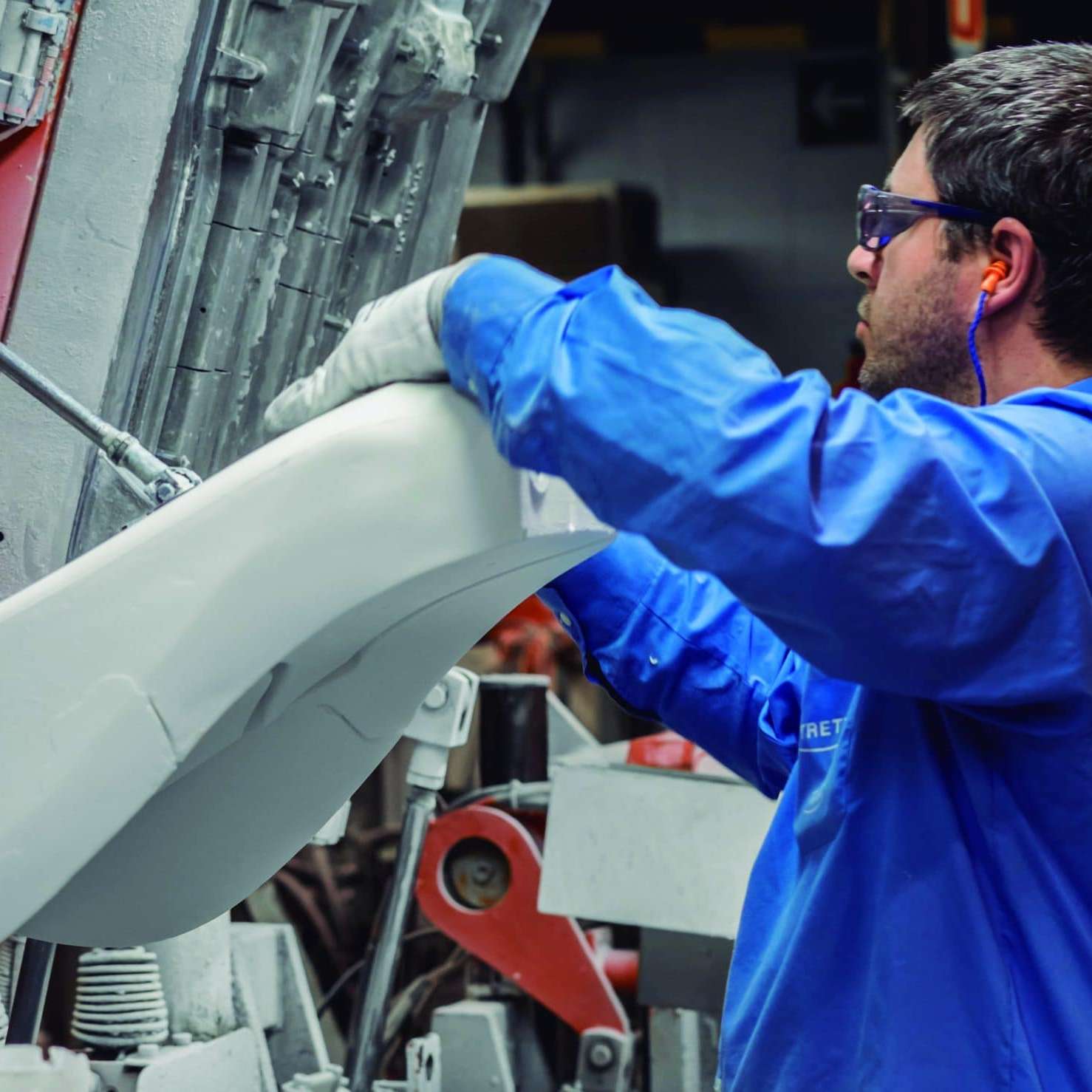

QUALITY COMMITMENT
Every day, more polyurethane molding companies trust in our products and in CONCENTROL as we fulfill the most demanding requirements:
- Quality Assurance guaranteed by the ISO 9001/2008 Certificate
- Effective and reliable products
- Security of supply thanks to an extensive stock
- Flexibility and agility in adapting products to production processes
- International and specialized technical and commercial service
- Special commitment to the research and development of new products
- Preservation of the environment supported by the ISO – 14001 certificate
PRODUCTS
CONCENTROL release agents provide a specific and efficient solution for all types of castings in polyurethane, including those whose needs are increasingly demanding regarding the appearance, surface coating, high productivity, cost, mold cleaning, easy application and protection of the working environment and the environment.
Our product range is extensive and constantly evolving, which keeps us at the forefront of the current challenges set by the industrial sector.
CONCENTROL can supply products to all sectors with traditional solvent based release agents, concentrates, concentrated for dilution, hybrids and water based. The following basic lines of products are available:

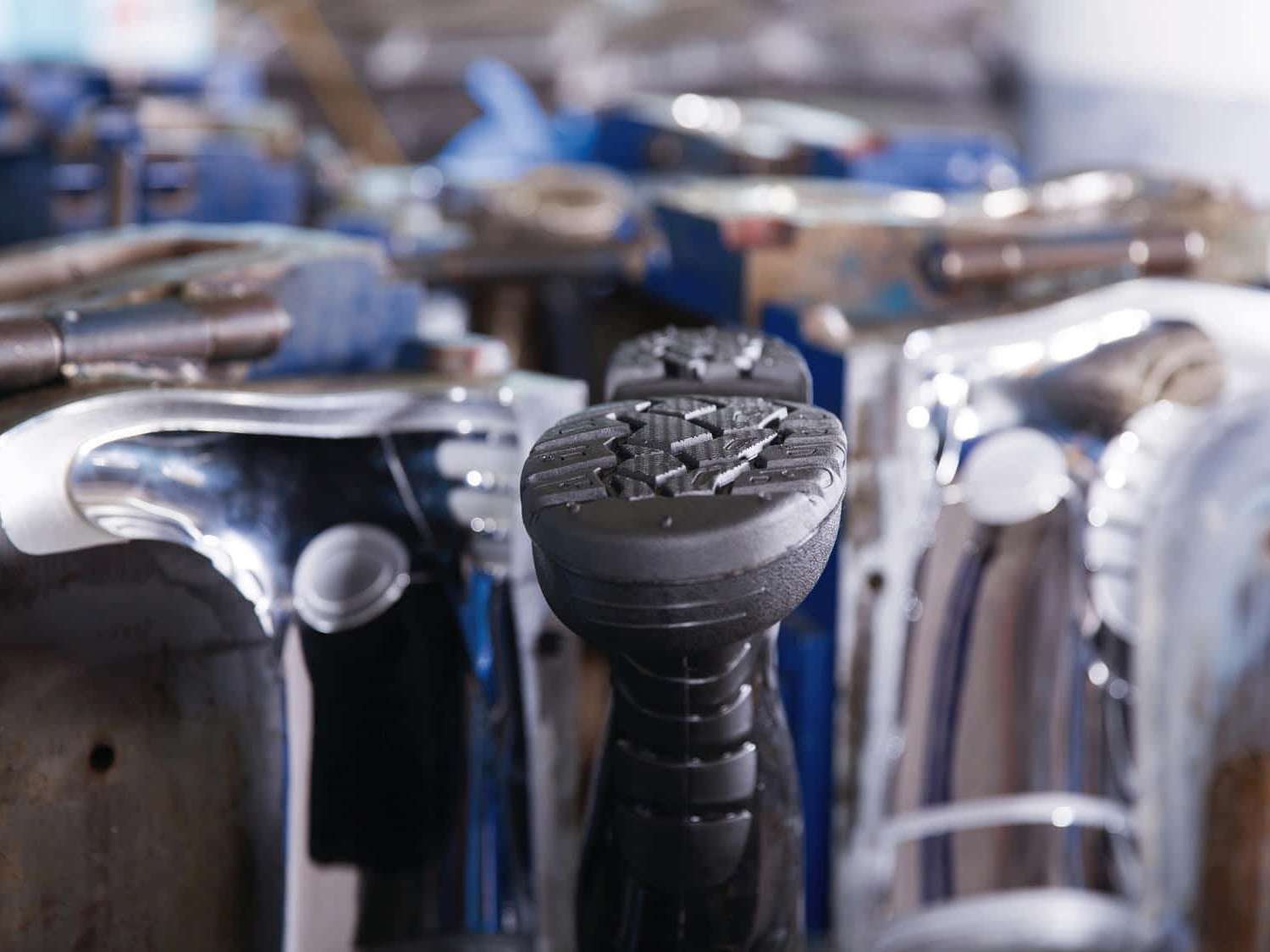
- Traditional solvent based products, low solids and aliphatic solvents flashpoint <21 ° C
- Concentrated solvent based flash point> 23 ° C and <55 ° C and >55°C
- Hybrid products 50:50 and 70:30 : The carrier consists of 50 parts of water and 50 of solvent (50:50) in the first case, and 70 of water and 30 of solvent (70:30) in the second case.
- 100 % water based or co-solvent ready to use products.
- Solvent based concentrates for dilution: High solids, low viscosity, easy to dilute and with high stability after dilution.
- 100% Water based concentrated for dilution.
A detailed analysis of working conditions of any production line allows our experts to suggest possibilities to implement each type of base products, and also advise on the procedure for applying them, which may be manual, by spray or robotic systems.
It is highly important to highlight our new generation of water-based products for automotive foams. We offer all kinds of finishing, from oily to dry, with low mold build up, and applicable for foams based on MDI and/or TDI.
Our mold release agents are complemented by a wide range of additives:
- Solvent or water based reinforcing pastes.
- Water based additives to treat demolded surfaces, providing anti- noise properties or sliding surface.
- Mold cleaners.
- One component water based contact adhesives, specially designed for repairing polyurethane foam molding processes, allowing sanding immediately after bonding, with no waiting time.
CONCENTROL is always ready to adjust new products to meet 100% of each customer’s requirements. Simply contact us and one of our specialists will visit you anywhere in the world to improve or adjust your product, developing new references if necessary.


NEWSLETTER
Subscribe to receive information about the latest studies conducted in our laboratories and the latest news from our catalogue.


